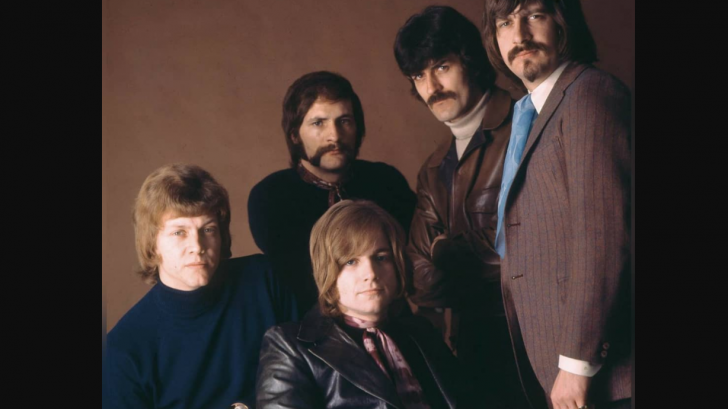The Moody Blues, one of the bands with the highest number of albums sold but at the same time barely appears on the list of the great groups in history. This lack of recognition is something unfair to those who have created a unique style rarely imitated due to its difficulty and to those who have been the teachers and introducers of an instrument called Mellotron that will have so much importance in prog sound groups.
Below is the Track-To-Track Guide To The Music Of The Moody Blues:
The Voice (1981)
In any case, Hayward is the author of the only song that deserves the status of a classic on this album: ‘The Voice’. The synthesizer becomes epic and magnified with the guitar picks, while the vocal part is ultra-melodic and each verse is finished with the memorable verses “Oh, won’t you tell me again? / Oh, can you feel it? ”. The chorus is less showy, but the rest of the song is top-notch by the band’s canons.
Isn’t Life Strange (1972)
Although it lasts six minutes and has a rather slow tempo, this did not prevent ‘Isn’t Life Strange’ from being chosen as a single. Anyway, the hit single (quite moderate) was ‘I’m Just A Singer (In A Rock And Roll Band)’, composed by Lodge just like the previous one, with choral vocals and a dynamic rhythm but with less hook of the usual, since precisely the vocal part becomes somewhat cloying. The best is undoubtedly its instrumental framework.
https://www.youtube.com/watch?v=6X94Xy2VXfo
Question (1970)
On this track, Hayward and the dynamic ‘Question’ are acknowledged, with two well-differentiated and alternated sections: the first and main with one of the fastest rhythms we can find in the Moody Blues; the slow and contemplative second section, aimed at fans of Hayward’s ballads.
I Know You’re Out There Somewhere (1988)
The only song on the album, “Sur La Mer” that can be heard more than once with moderate enjoyment is “I Know You’re Out There Somewhere.” It is nothing more than the typical romantic song of the eighties with a lively rhythm, a sweetened chorus with enough hook to make us remember it later.
Nights In White Satin (1967)
The album “Days Of Future Passed” is also the beginning of a trend that will sprinkle all of the group’s subsequent albums until their stoppage in 1972. With the help of drummer Graeme Edge, including his poems at the beginning and end of the album. Here it is even beautiful the first time it is heard because of the novelty and because it is preceded by a kind of orchestral overture in which various motifs from different parts of the work appear, including the great melody of ‘Nights In White Satin’.

